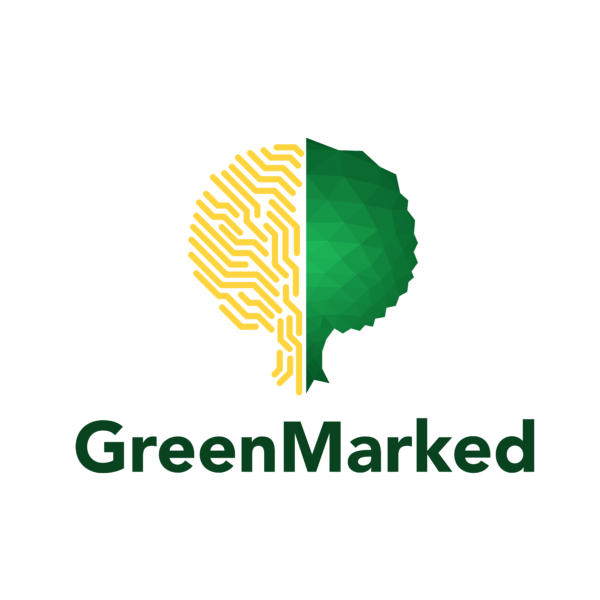Etienne Hoekstra
Our society is inundated with marketing. Just look around you and count the promotions you see to confirm this. According to a study of media expert John Faasse, an average Dutchman consumes about 1,550 promotions per day, of which the majority in supermarkets (Faasse, 2012).
In one of his shows, the Spanish Dutch cabaret performer Javier Guzman expresses his anger towards the ongoing manipulation in supermarkets. According to him, everything in supermarkets is structured in a way that supports profit maximization, preceded by intensive research. All this hidden marketing influences the decision-making process of consumers. Guzman illustrates this process with a hilarious example (starting at 1.05).
How far is marketing allowed to go to encourage people to buy their products? Neuromarketing is the next marketing frontier and companies are already conducting a lot of research to understand human brain’s decision-making processes (De Vries, 2013; Neuromarketing, 2017). Nevertheless, ethics are not often considered in marketing nor integrated in a Bachelor of Marketing. Speaking from my own experience, marketing students that are not thought such ethics do not understand the purpose of their use. Also, they neither understand the power of marketing nor the responsibility they have. Just like all normal people, they are not aware of the influence of marketing.
On March 15, 1962, John F. Kennedy first presented the Consumer Bill of Rights, covering all basic rights a consumer should have. One of these rights is the right to be informed. This right is becoming more relevant today, as the world is facing a multitude of sustainability challenges and consumers are increasingly demanding companies more information about production processes (Scarborough & Cornwall, 2016).
Now, if we go back to the supermarket, do you feel like you can make a rational choice of which product is best for the environment? Do you think is the best choice for the environment to pick the shiniest and apparently freshest vegetables on the shelf, when you know that they shine so bright because marketers put the perfect light above the shelf? Most of the time, we do not even know what the production process of these veggies is about. How much pesticides or water did the farmer use?
To give an example, avocados consume 2,000L water for just 1KG (Voedingscentrum, n.d.). As a result, whole provinces have no water anymore. In the province of Petorca, Chile, all water available is being illegally taped to produce avocados (Voller, 2017). This, of course, is not what is being told in supermarkets. Marketers neglect their duty to inform consumers about these issues and marketing managers of supermarkets only serve the rule of maximizing profits.

Figure 1: Avocados and oranges in a supermarket (Aharonovitch, 2012).
Because of globalization, European people are spoiled with all kinds of products from around the world. We are so used to bananas that we almost forgot that they do not come from Europe. When buying bananas or other groceries, consumers should first use a little bit of common sense to make environmentally friendly purchases. Yet, some product labels condition such common sense and make uneasy the life of green consumers. For example, a label on a South African red wine, saying the product is sustainably produced, does not necessarily mean that the product is environmental friendly. This because the production process is only one part of the supply chain. The environmental gain can be fully compensated with transportation pollution.
A way to largely overcome these problems is eating locally. Probably this is nothing new for you, but did you know that this is possible also for the inhabitants of major cities? Vertical agriculture allows to farm extensively also in big cities. Instead of using large land areas and one single layer of crops as in conventional agriculture, vertical agriculture uses only one piece of land and multiple layers of crop stacks that grow upwards. On top of that, most stacks are fresh and pesticide-free! (Davis, 2014).
The concept of vertical agriculture is further explained by the Dutch broadcasting organization VPRO in their program Tegenlicht (“Backlight”, in English). The documentary is mainly in English and can be watched at
https://www.vpro.nl/programmas/tegenlicht/kijk/afleveringen/2016-2017/boer-zoekt-voedselflat.html (Rozinga, 2017).
References
Aharonovitch, L. (2012, 15 February). Avocado. Retrieved on 15 July 2017, from https://www.flickr.com/photos/hagoleshet/6880914457/
Davis, N. (2014, 6 February). Vertical farming explained: how cities could be food producers of the future. Retrieved on 29 May 2018, from https://www.theguardian.com/science/2014/feb/06/vertical-farming-explained-erik-murchie
Faasse, J. (2012, 8 March). Hoeveel reclame ziet u per dag? Retrieved on 24 July 2017, from http://uitbijter.nl/nl/2012/03/hoeveel-reclame-ziet-u-per-dag/
Rozinga, G. (2017, 23 April). Boer zoekt voedselflat. Retrieved on 14 July 2017, from https://www.vpro.nl/programmas/tegenlicht/kijk/afleveringen/2016-2017/boer-zoekt-voedselflat.html
Voedingscentrum (n.d.). Watergebruik. Retrieved on 14 July 2017, from http://www.voedingscentrum.nl/encyclopedie/watergebruik.aspx
Voller, L. (2017, 19 March). Avocados and stolen water. Retrieved on 15 July 2017, from https://www.danwatch.dk/en/undersogelse/avocados-and-stolen-water/
De Vries (2013). Neuromarketing. Downloaded on 14 July 2017, from http://www.rug.nl/cic/downloads/rugcic_rapport_201301_neuromarketing.pdf
Neuromarketing (2017). In Cambridge dictionary. Retrieved on 13 July 2017, from http://dictionary.cambridge.org/dictionary/english/neuromarketing
Scarborough & Cornwall (2016). Essentials of Entrepreneurship and Small Business Management. Essex: Pearson



